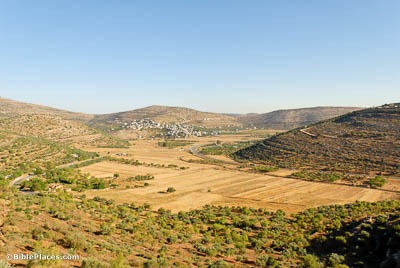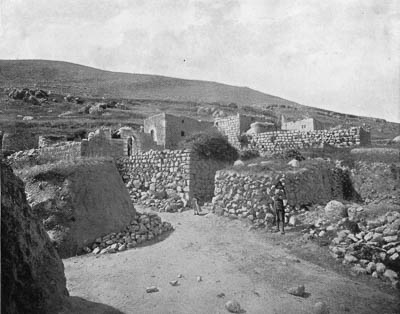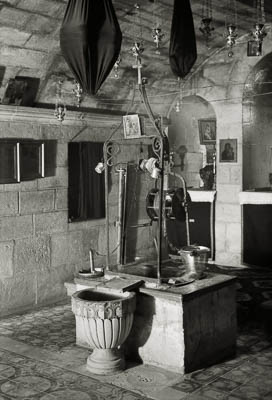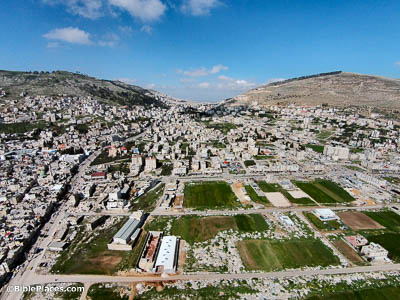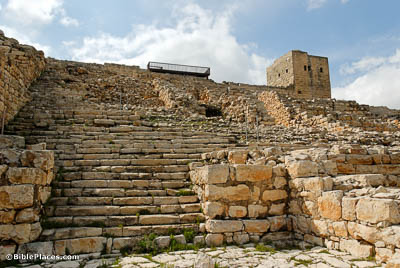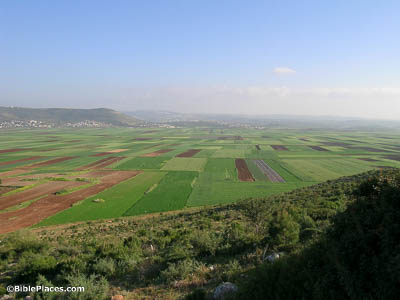He left Judea and went away again into Galilee. And He had to pass through Samaria (John 4:3-4).
Coming from Jerusalem to Sychar, Jesus would have taken the historic “Road of the Patriarchs.” It ran along the watershed ridge of the Ephraim hill country and passed through this area, the Lebonah Valley. It is quite likely, then, that Jesus and His disciples passed this way before their meeting with the woman at the well.
